Iroquois White Corn is a non-GMO heirloom crop that dates back nearly 1,400 years.
Throughout the rich agriculture region of central and western New York, the corn is up and looking good this year, expected to be well above “knee high by the Fourth of July,” as the old farmers’ saying goes.
One exception is a a field near the town of Victor in New York’s Finger Lakes region. The crop is healthy enough, but the field is a little skimpy compared to what we’ve come to expect from a robust corn crop in the United States.
That’s because this field, about five acres, has been planted by hand, weeded by hand, and has received no fertilizers or pesticides to aid in its growth.
This is Iroquois White Corn, a non-GMO heirloom crop that dates back nearly 1,400 years to the earliest inhabitants of what is now the Ganondagan State Historical Site. Until 1697, when the Seneca village of Ganondagan (“town of peace”) was burned to the ground and more than a million bushels of corn were destroyed by the French in a fur-trade dispute, this type of corn was the dominant crop and fundamental food source for the Iroquois people.
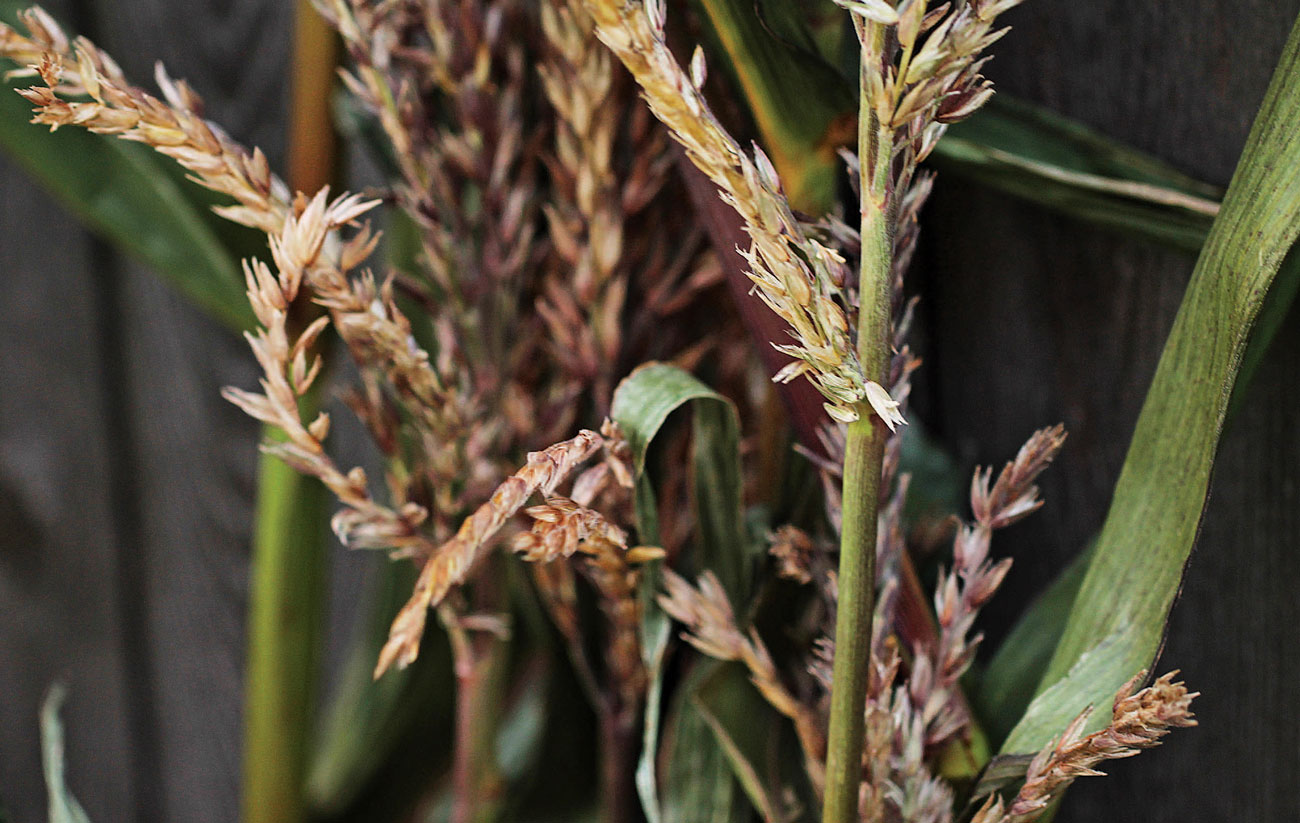
It all but disappeared over the centuries. Now, thanks to thoughtful seed savers and a few plantings here and there, Iroquois White Corn is once again becoming a staple of healthy eating in central New York.
Dr. John Mohawk, a member of the Seneca Nation — one of the six nations that form the Iroquois Confederacy — founded the Iroquois White Corn Project with help from Dr. Yvonne Dion-Buffalo (Samson Cree). However, their work ceased shortly thereafter when Mohawk died suddenly. The most recent effort, initiated in 2012, uses land on the Ganondagan State Historic Site in Victor. Iroquois White Corn is now flourishing. This is due in no small part to the growing interest in organic foods and a return to healthier eating among consumers.
“It’s very high in nutrients and low in glycemic carbohydrates, unlike the sweet corn that most people consume,” says Lauren Jimerson (Seneca Nation, Heron Clan), former project manager of the Iroquois White Corn Project. “It doesn’t taste like sweet corn at all, and you can’t eat it off the cob. It’s more earthy, like hominy.”
Today, Angel Jimerson (Seneca Nation, Heron Clan) helps to coordinate the efforts that bring Iroquois White Corn to the public. Almost every step of the process is performed by a small team of Native American staff and a group of dedicated volunteers, some of whom are travelers vacationing in the Finger Lakes region.
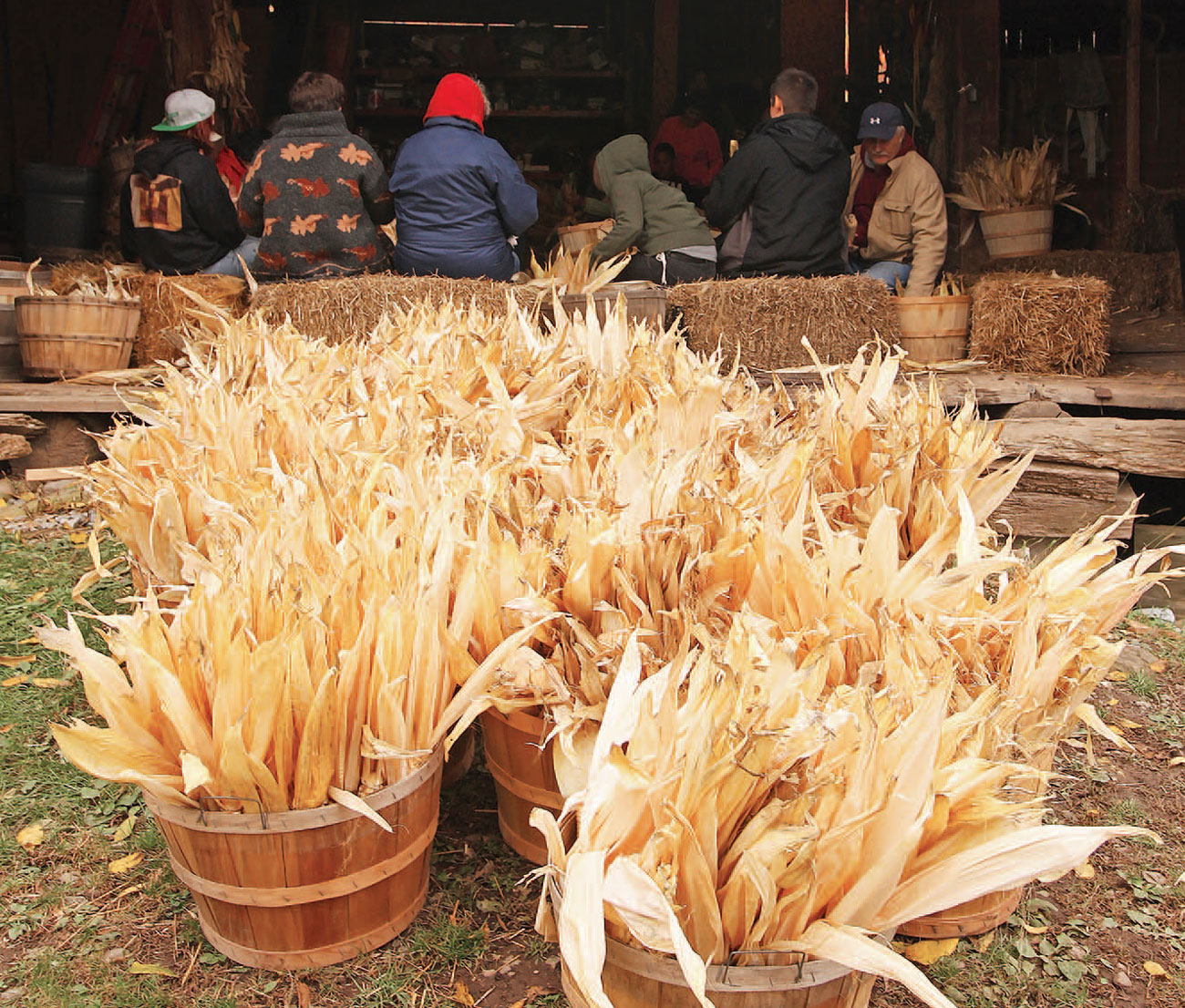
If walking rows of corn with a hoe or pulling weeds by hand is just a little too tedious for your vacation, spend time hand-shucking corn. Volunteers gather a couple of days a week throughout the year, removing or shucking kernels of corn from the cobs that have dried in a barn for several months.
After the mid-October harvest, also done by hand, volunteers may participate in a husking bee. Husking, for the uninitiated, is pulling or folding the husk back, exposing the kernels still on the cob. The husk is then braided, creating a ropelike device by which to hang the corn to dry throughout the winter.
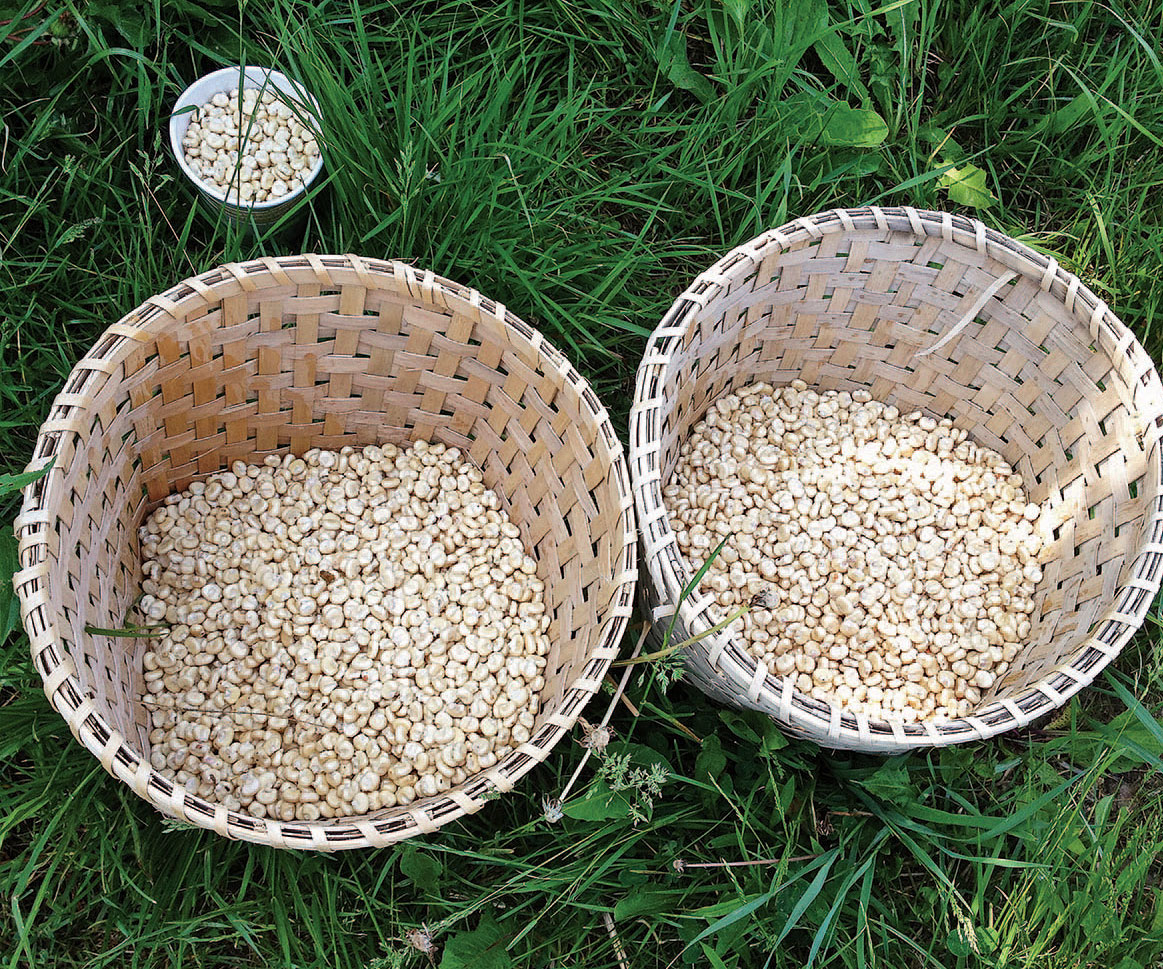
Volunteers may also take part in the other steps of naturally processing the corn. Those duties include removing the corn kernels from the cob and roasting the separated kernels in a coffee roaster in preparation for grinding into flour. Next, volunteers can bag and label the flour, which is used in recipes at farm-to-table restaurants or sold in local grocery stores, co-ops, and specialty food shops.
Iroquois White Corn is also available in hulled form. But because of its firm texture, it must be soaked in water several hours before being added to soups or other dishes. Both hulled corn and corn flour are available for purchase online and at the Ganondagan State Historic Site.
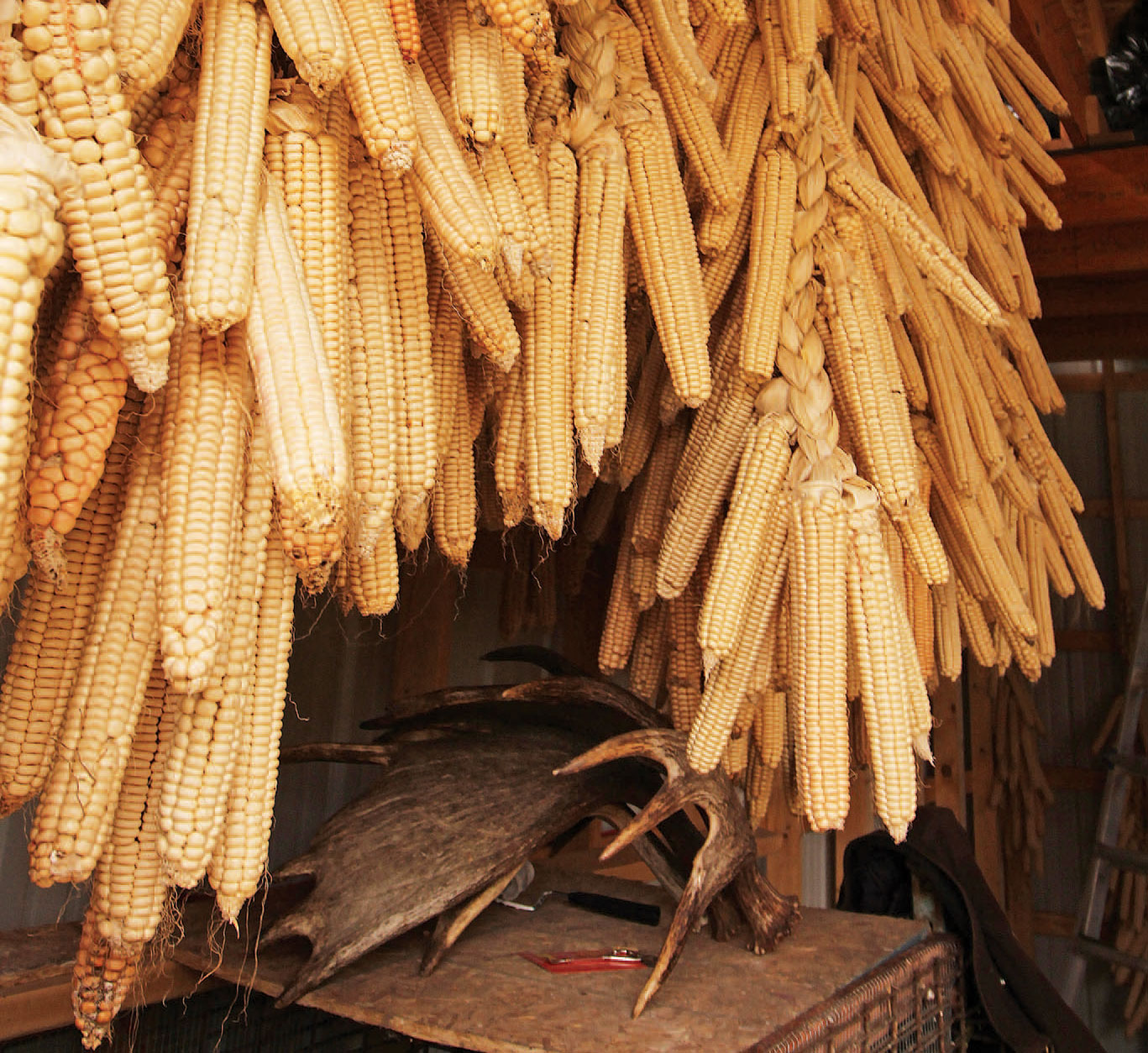
Time spent at the Iroquois White Corn Project teaches many thought-provoking lessons about food production and how it has evolved over the years. Visitors may take on-site cooking classes, which include learning about the spirit of the Iroquois people who have relied on this food source for centuries.
The Iroquois believe in the power of “keeping a good mind,” which is a state of mind that celebrates positive and loving thoughts. While working with the corn in a circle with others, it is believed that the energy of the Creator passes from the corn to the individual and back again, forming a peaceful bond with Mother Earth. Corn is a gift from the Creator.
This belief is another history lesson in itself that dates back approximately 1,000 years. That’s when five nations in the region — the Mohawk, Oneida, Onondaga, Seneca, and Cayuga — decided to “bury their arrows” and join forces in trade, defense, and similar necessities. Later, around 1720, the Tuscarora Nation joined what is now known as the Iroquois Confederacy of the Six Nations.
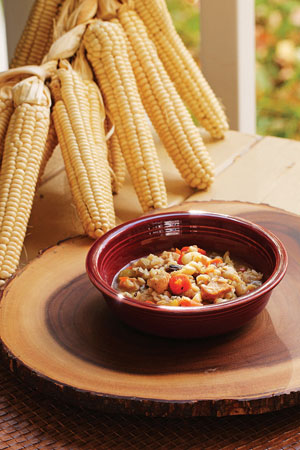
Despite its common use, “Iroquois” is a derogatory term given to these nations by the French. Members of Six Nations refer to themselves as the Haudenosaunee (Hodinöhsö:ni’), or “people of the longhouse.”
Prior to European settlement in the region and contrary to stories of cannibalism practiced by members of the confederacy, the Haudenosaunee lived under a form of government established on the principles of peace, equity, and the power of the good mind. These principles and the abiding stability of the Iroquois Confederacy appealed to many of this country’s founding fathers.
Benjamin Franklin, as early as 1751, wrote with admiration about the steadfastness and tenacity of the confederacy and its ideals of liberty and equity. In 1775, members of the Continental Congress met with chiefs of the Six Nations to further learn about their form of government. They were subsequently invited to attend meetings of the Continental Congress.
It wasn’t until 1988 that the U.S. Congress passed a formal resolution acknowledging the contribution of the Six Nations of the Iroquois Confederacy to the development of the U.S. government. The Haudenosaunee continue to live under their own governance, and with the success of the Iroquois White Corn Project, they are celebrating core beliefs. Good corn grown on good land by good people leads to a good mind.
For more information on the Ganondagan State Historical Site, read “Visiting Ganondagan State Historic Site” in the August/September 2018 issue. To purchase corn from the Iroquois White Corn Project, visit the Ganondagan website. Photography: Laticia McNaughton, All images courtesy Margaret Joseph/Ganondagan State Historical Site.
From the August/September 2018 issue.
More Native Foods
The Sioux Chef’s Indigenous Kitchen
Taste of the West: Storytelling Chefs
Freddie Bitsoie Is a Native American Foods Ambassador
Kitá Wine’s Tara Gomez Is an Award-Winning Winemaker
The Pueblo Food Experience
Séka Hills














